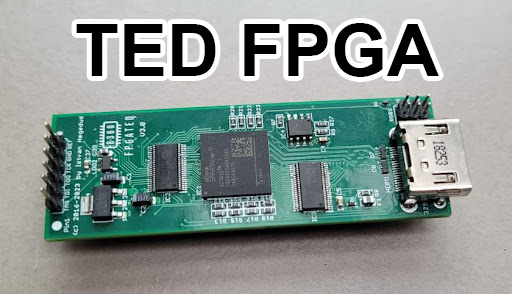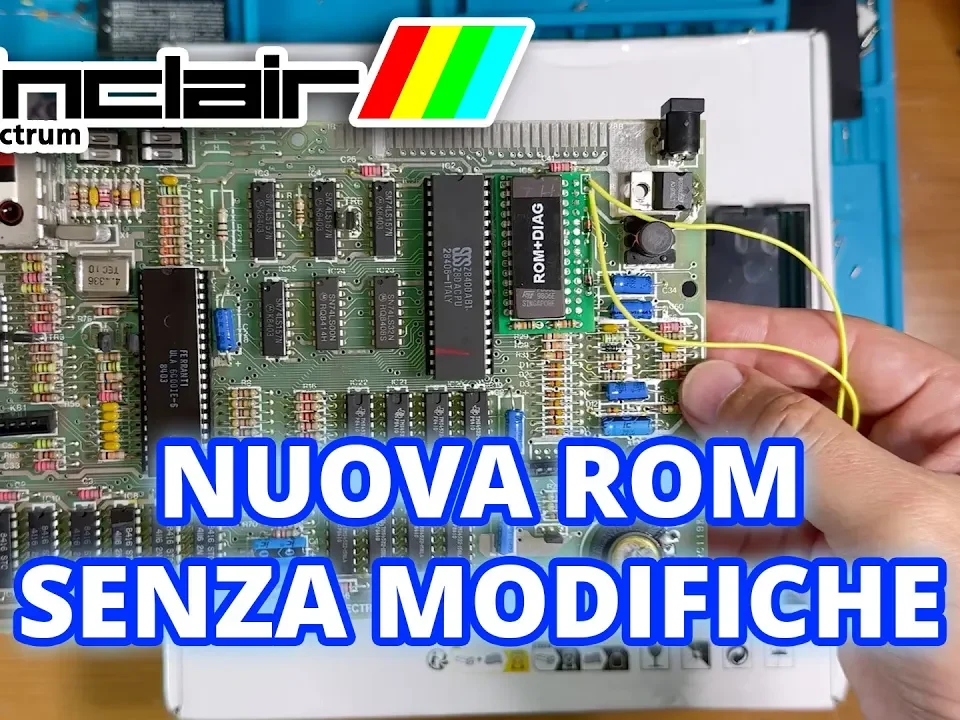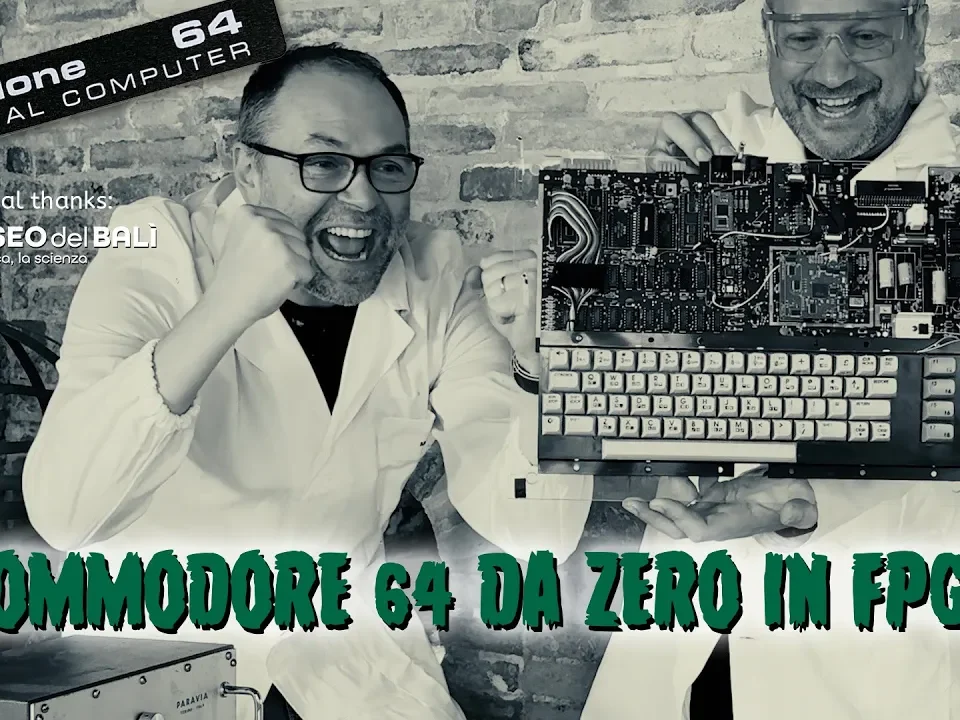
The C64 Joystick fix
5 June 2020
LCD flicker
6 June 2020LIST OF MAJOR TV CHANNELS AND THEIR FREQUENCIES
Many of the older consoles only had an RF type video output at the factory (with specific modifications the signal could also be output in other formats such as composite); therefore to view the image on the TV you had to do the "search" for the channel, that is to go and fish for the correct frequency (called "carrier") on which the console produced the video signal. If you were “ignorant” on the subject, you had to wait for the long automatic scan to finish (usually a few minutes) and then you had to remember to memorize the channel found on a button on the remote control; if, on the other hand, you were more “crafty” you knew the function usually called “CH” (which was followed by the manual entry of 1 or 2 values) with which you can directly set the desired frequency thanks to a factory preset list on the main ones.
Below is a list of the channels (CH) and their corresponding frequencies, the best known associated with the consoles that used them without claiming to be exhaustive (some, depending on the model and the country, could be released on more frequencies, such as the Master System which in Italy generated the signal on CH36 while in other countries or on CH2 or CH3, which can be set through a switch on the back of the console - which was missing for example in our model):
[su_spoiler title = "Some types of video output of Master System 2 ″ style =" fancy "icon =" plus-circle "] [/ su_spoiler]
[/ su_spoiler]
| CHANNEL | CHANNEL WIDTH | CARRIER | USED BY |
|---|---|---|---|
| 1 (JAP) | – | 91.25 MHz | Famicom |
| 2 (JAP) | – | 97.25 MHz | Famicom |
| 2 (USA) | 54-60 MHz | 55.25 MHz | Odyssey / Atari (Channel A) / Master System |
| A (PAL) | – | 55 MHz | Colecovision |
| B (PAL) | – | 62 MHz | Colecovision |
| 3 (USA) | 60-66 MHz | 61.25 MHz | Atari (Channel B) / Master System |
| 3 (PAL B) | – | 52.25 MHz | NES |
| 4 (USA) | 66-72 MHz | 67.25 MHz | Intellivision |
| 4 (PAL B) | – | 62.25 MHz | NES |
| 36 | 590-598 MHz | 591.25 MHz | Various Commodore / Various Consoles 8-16 bit / Atari PAL |
It may happen that some specific channels (e.g. those of the Famicom) output the video at a certain frequency (see above) but the audio at frequencies not "coupled" to the video signal (this depends on how the RF standards are predefined in the TVs that support) so you may see the video signal on the screen but not hear the audio or move a little with the frequency and hear the audio but see nothing; in this case the only solutions are: find a TV that supports that specific video + audio format or make a change to get the console out with a composite signal (much better than the RF signal!).





